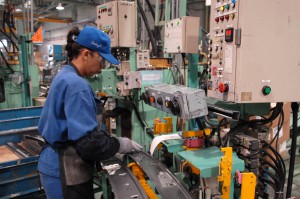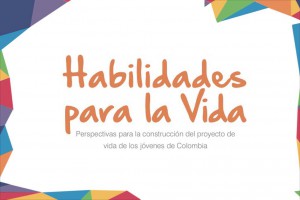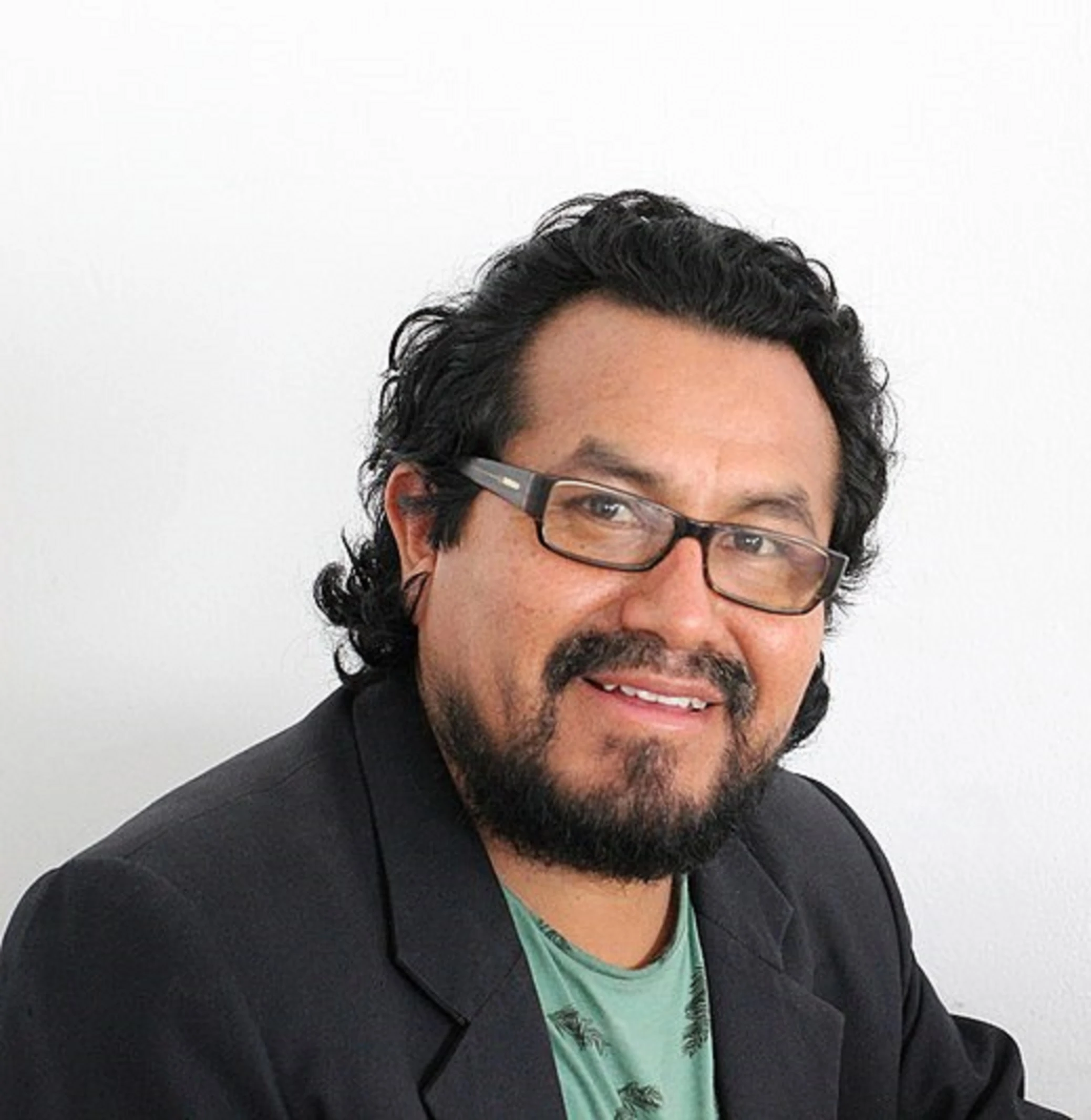Civil Society and the Skills Gap in Latin America
- Gabriel Sánchez Zinny
- 18 septiembre, 2015
- Opinión
 The global economy is increasingly defined by jobs that require less than a college degree – but more skills than what can be acquired through a typical high school education alone. At the same time, many college graduates also struggle to find good work due to a lack of relevant skills, even as jobs in the private sector go unfilled for lack of qualified applicants.
The global economy is increasingly defined by jobs that require less than a college degree – but more skills than what can be acquired through a typical high school education alone. At the same time, many college graduates also struggle to find good work due to a lack of relevant skills, even as jobs in the private sector go unfilled for lack of qualified applicants.
In the United States, these economic forces have led to technical and vocational training seeing something of a resurgence. “Many economists are bullish about the prospects of what they call ‘middle-skilled’ workers,” writes Tamar Jacoby, President of the Washington-based think tank Opportunity America. “In coming years, according to some, at least a third and perhaps closer to half of all U.S. jobs will require more than high school but less than four years of college—and most will involve some sort of technical or practical training.”
The same applies to Latin America, where workers are being required to acquire the skills to compete in an ever more automated and technology-driven labor market. Yet the rising generation is being left behind. There are an estimated 106 million youth (aged 18 to 24) in the region, but nearly one in five – some 20 million people – are what is known as NEETs, who neither work, nor study. And of those that do work, 60 percent are in the low productivity, low-income, and low-upward mobility informal sector. Yet firms struggle to fill their open positions.
The current conversation in Latin America on improving education quality centers almost entirely on fixing the K-12 system, and in particular on expanding early childhood education. This is extremely important. Yet such a discussion leaves out the vast majority of the population that has already left the school system and who also need to improve their skills if they are to have any hope of improving their life outcomes.

In the words of Harvard economist Ricardo Hausmann, “you are giving up on everyone who has already gone through the school system – most people over 18, and almost all over 25. It is a strategy that ignores the potential that is in 100 percent of today’s labor force, 98 percent of next year’s, and a huge number of people who will be around for the next half-century.”
Other paths must be found to deal with the labor force we have in the here and now, and the private sector is taking matters into its own hands in this regard. Citi Foundation, through its Pathways to Progress program, has committed $50 million over three years to help youth develop the “workplace skills and leadership experience necessary to compete in a 21st century economy.” Its four core programs, consisting of entrepreneurship training, civic engagement opportunities, mentorship, and summertime employment, will eventually reach some 100,000 students.
Citi has already launched programs in ten cities in the United States, but they are looking toward applying the model in Latin America. “To tackle these challenges Latin America will need to bring much more innovation to this sector,” says Juan Iramain, a Managing Director for Citi Latin America.
 Similar work is underway through Fundacion Corona, the foundation of the Colombian multinational manufacturing and construction firm Corona. Their efforts to improve the school to work transition centers on their projects in the Colombian cities of Uraba and Manizales, where their programs provide working adults with new professional skills. “We work with adults to help them better understand their talents and their professional assets, and to connect them with potential school or job market opportunities,” says Daniel Uribe, the Deputy Director of Planning at the foundation.
Similar work is underway through Fundacion Corona, the foundation of the Colombian multinational manufacturing and construction firm Corona. Their efforts to improve the school to work transition centers on their projects in the Colombian cities of Uraba and Manizales, where their programs provide working adults with new professional skills. “We work with adults to help them better understand their talents and their professional assets, and to connect them with potential school or job market opportunities,” says Daniel Uribe, the Deputy Director of Planning at the foundation.
Another interesting initiative brings together businesses with the multilateral sector to create a broader coalition for change. This is the Inter-American Development Bank’s New Employment Opportunities, or NEO, originally launched by the Bank’s Multilateral Investment Fund and the International Youth Foundation. NEO’s ten year goal is to train one million Latin American youth ages 16-29, and the initiative has been joined by a number of major multinationals, including Walmart, Caterpillar, Microsoft, and Arcos Dorados, the world’s largest McDonald’s franchisee. These partners have contributed over $37 million so far.
This collaboration between official organization and the private sector is particularly promising, as Caleb Shreve, the Executive Director of the Global Fairness Initiative (GFI) explains. “In all emerging economies, we need better public-private partnerships to deliver high-value, opportunity driven training for middle and low income adults,” he says. GFI, which focuses on expanding access to markets for vulnerable communities, is also currently working with the Walmart Foundation to provide sales and leadership training for some 30,000 women.
Promoting these skills is not only fundamental for the millions of individuals searching for work – but also for the health of Latin America’s economies. “It’s a challenge that government alone can’t face,” says World Bank education specialist Francisco Marmolejo. “Civil society has a key role to play, to take ownership of the problem, and to contribute innovative solutions.”
As the technical and vocational sector continues to increase in popularity, more research and better information on what works—and what doesn’t—will be critical. Students must be able to understand the implications of their career paths, and governments must regulate failing approaches. Working closely with a broad range of civil society organizations, policymakers can start to make real progress on the skills gap.




